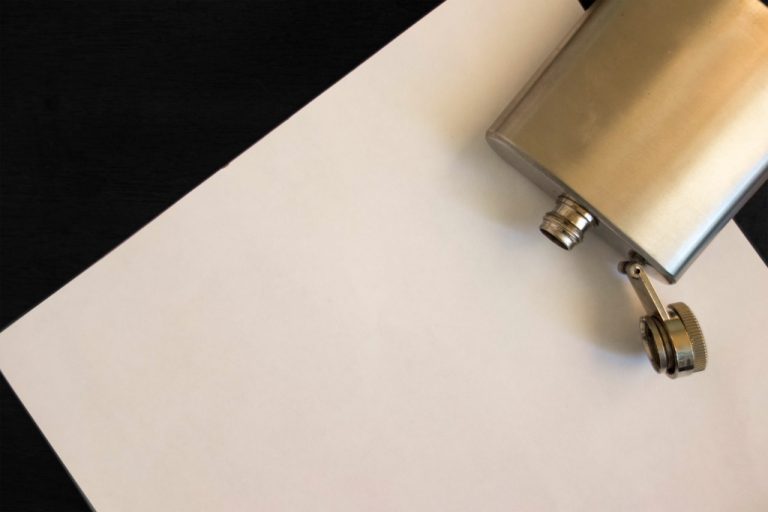The progression from rosacea to rhinophyma involves the thickening of facial skin, particularly around the nose, which can occur whether or not someone drinks alcohol. The myth of the “alcoholic nose” has deep roots, with alcoholic characters in Shakespeare’s plays and Chaucer’s Canterbury Tales depicted with rhinophyma-type symptoms. There are four stages of rosacea, and rhinophyma occurs in the last, or late, stage. Because rhinophyma often develops https://ecosoberhouse.com/ following a severe case of rosacea, it’s important to watch out for symptoms of this unique skin condition. If you or a loved one is struggling with an alcohol use disorder, help is available to get you back on a healthier, substance-free path. The Find Addiction Rehabs hotline is available 24/7 to help you find treatment programs nationwide that are affordable and effective for all of your recovery needs.
It is benign initially, but it may block airways and increase the risk of skin cancer. As rosacea advances, rhinophyma emerges with characteristic signs like an enlarged nasal tip and a bumpy or ridged texture on the face. It seems to involve a mix of problems with how blood vessels and nerves work, along with how the immune system responds naturally in the body. One option is topical metronidazole (Metrocream), a drug that reduces skin inflammation by inhibiting the generation of reactive oxygen species. In the early stages, treatments involves medications, but in the advanced stages, it involves surgery. Once acne rosacea progresses to rhinophyma, the skin covering the nose increases in size and the tip of the nose expands.
- While there is no direct cause of a drinker’s nose, there is a correlation between the enlarging of the blood vessels caused by alcohol and certain facial skin conditions.
- The alcohol flush response hits some people harder due to genetic differences in how they process alcohol.
- It falls under the category of rosacea, a skin disorder that leads to inflammation and redness.
Medical Treatments for Rhinophyma
Whether you or a loved one is struggling with addiction, our expert team is here to guide you every step of the way. These procedures aim to reshape and smooth the affected areas of the nose, improving both function and appearance. Over time, the number of sebaceous glands and the changes in connective tissue increase, which can result in progressive deformity. Also, chronic infection often results because the fluid from the sebaceous glands thickens and can hold bacteria.
Alcoholic Nose, Nose Redness, and Rhinophyma

That said, initial research suggests that heavy drinking can make rhinophyma worse if you already have the condition. When alcohol abuse is also linked to health problems like depression, heart disease, and even brain damage, your body will thank you for controlling your alcohol intake. With long-term alcohol abuse, you may also develop physical side effects, such as organ damage, heart does drinking alcohol make your nose bigger conditions, and cognitive impairment.
The Progression of Problem Drinking into Alcoholism
Later, this condition advances to vascular rosacea, which involves swollen blood vessels and redness. However, finding the right support and treatment can help people put alcohol abuse in the past and work toward a healthier future. While rosacea is more common among women, rhinophyma is more common in men.

Not all people with an alcoholic nose or rhinophyma have alcoholism, and not all people with alcoholism will develop an alcoholic nose. Your skin health may suffer, with alcohol consumption potentially triggering or worsening chronic conditions. While alcohol doesn’t directly cause rhinophyma, excessive drinking can aggravate the underlying rosacea that leads to this condition, as mentioned above.

- At the same time, it’s worth noting that these factors don’t mean you’ll have rosacea.
- This technique allows for excellent cosmetic results and relatively quick recovery times.
- ” is understandable for addressing the surface issue – the key question here is “What is alcohol doing to my body?
- Nevertheless, lengthy alcohol usage can induce other skin problems, like liver disease.
- Surgical intervention is a primary treatment for rhinophyma, particularly in its advanced stages.
- Despite these points, confident reasons for Rhinophyma remain a secret even today.
The persistent association between rhinophyma and alcoholism creates additional challenges for people with this condition. Many individuals report being unfairly judged or treated differently based on assumptions about their drinking habits. Gentle skincare practices are crucial for managing rosacea and preventing irritation that could worsen symptoms. This includes using mild, fragrance-free cleansers and avoiding products with alcohol, witch hazel, or other potentially irritating ingredients.
Understanding Rhinophyma
Many doctors advise patients with rosacea to avoid drinking and cooking with alcohol, especially red wine for women, to avoid aggravating the skin alcoholism condition. It typically manifests as a noticeably red, bumpy, or bulbous nose or swollen cheeks. Alcohol affects your face and skin in general by enlarging both pores and blood vessels.
Is Rhynophyma A Sign of Alcohol Addiction?
Yes, alcohol dehydrates the skin, accelerates aging, and can exacerbate conditions like rosacea. Rhinophyma may respond well to topical treatments, such as metronidazole and isotretinoin, in the early stages though. No, rhinophyma is not reversible once it progresses to its hypertrophic and bulbous stages.
Symptoms of Alcoholic Nose
Diagnosing alcoholism, also known as alcohol use disorder (AUD), is crucial for initiating timely and effective treatment. Alcoholism is characterized by an impaired ability to stop or control alcohol use despite adverse social, occupational, or health consequences. The process of diagnosing alcoholism involves several steps, including medical assessments, behavioral evaluations, and consideration of psychological factors. It causes the skin to lose elasticity and moisture, leading to premature aging and wrinkling. Alcohol can also cause the blood vessels in the skin to dilate, resulting in a flushed appearance and sometimes permanent redness, particularly around the nose and cheeks. Additionally, heavy drinkers often experience jaundice, which is the yellowing of the skin and eyes due to liver damage impairing bile processing.
We want to give recovering addicts the tools to return to the outside world completely substance-free and successful. Commonly characterized by a swollen, red, bumpy appearance on the nose, the cause of rhinophyma (sometimes referred to as “alcoholic nose”) has often been attributed to alcoholism. New research has brought the connection between rhinophyma and alcoholism into question.
